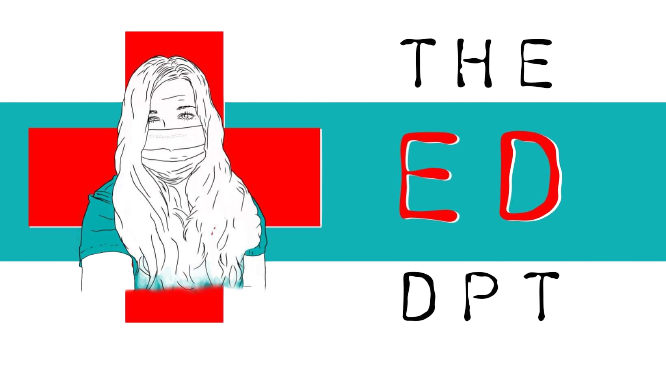Take 5 – 5 Critical Takeaways to Improve Your Practice
- The Ottawa Knee Rules (OKR) are highly sensitive and can help providers determine if radiography is necessary.
- You can only use the OKR with patients that had acute blunt knee trauma (falls, blunt trauma, twisting mechanisms of injury).
- The OKR consist of: is your patient 55 years or older OR has isolated patella tenderness OR fibular head tenderness OR unable to flex the knee to 90 degrees OR unable to bear weight for four steps at time of injury AND in the ED.
- In this study, 38 radiographs could have been avoided if the OKR were used.
- Improving compliance and use of OKR remains a challenge and is a tool that PTs can use to rule out fracture.
A patient comes into the ED after twisting their knee falling off their skateboard. They are having a hard time walking and want to make sure their knee is okay so they can go to school and play soccer on their varsity high school team. What do you need to rule out? How do you know if you need imaging? And how long will all of this take? Based on the injury, how will this affect your plan of care and management of this patient?
The study “Ottawa Knee Rule: Investigating Use and Application in a Tertiary Teaching Hospital” evaluated if the OKR are safe in deciding the use of radiography for patients with acute knee trauma (1). Similar to my previous blog post about the Ottawa Ankle Rules (OAR), our EDs benefit from an evidence based approach that reduces health care costs and wait times while keeping patients safe. Knowing when to use or omit imaging is extremely important in PT scope of practice, as well as being experts in using the tools that we have to make these decisions. Here are the five biggest takeaways from this article and a good reminder for how to use the OKR.
- The Ottawa Knee Rules (OKR) are highly sensitive and can help providers determine if radiography is necessary.
High sensitivity (100%) means that we can be confident that someone does not have a fracture if none of the OKR are true. The OKR were developed and validated in 1995 by Stiell et al. (1). Although specificity is only 39%, the OKR predicted all 12 of the fractures found in this observational study. Having a rule that rules out fracture 100% of the time is rare and we should take full advantage of what the OKR offers when making clinical decisions. The article also brings up the importance of follow up past the first ED visit and that radiography may be warranted if symptoms do not improve within a week. As always, the OKR should always be used together with clinical decision making and with the specific patient in mind.
- You can only use the OKR with patients that had acute blunt knee trauma (falls, blunt trauma, twisting mechanisms of injury).
As with most clinical decision rules, you have to know who to use them on. The OKR should not apply to insidious knee pain. The OKR should only be used with patients who have acute knee trauma.
- The OKR consists of…
The OKR sound great! But what are the rules?
- Is your patient 55 years or older OR
- Has isolated patella tenderness OR
- Fibular head tenderness OR
- Unable to flex the knee to 90 degrees OR
- Unable to bear weight for four steps at time of injury AND in the ED.
If any one of these are true, knee imaging is warranted for concern for knee fracture. If all of these are false, then radiography is not warranted.
- In this study, 38 radiographs could have been avoided if the OKR was used.
Although the sample size was small (110), this is still a substantial number of radiographs that could have been avoided! When used appropriately, the OKR can likely reduce wait times, healthcare costs, and improve hospital throughput by avoiding unnecessary radiography.
- Improving compliance and use of OKR remains a challenge and is a tool that PTs should implement to rule out fracture.
Similar to the last blog post about the OAR, the OKR are not universally utilized in clinical practice despite having 100% sensitivity. PTs should use the OKR in all clinical settings to rule out knee fracture. Especially for direct access PT providers in the ED, the OKR can help us treat the patient more efficiently and effectively. How do we get other providers on board to use the OKR? Education and open interdisciplinary conversation to discuss clinical decision making and best practice.
Summary
I hope this article is a great reminder of the OKR, how to use it, and why we should encourage the use of it in ED and primary care settings. With 100% sensitivity, we can rely on the OKR for what it helps us decide: is radiography warranted for a patient with an acute knee injury? Now we have to put the OKR into practice and establish the OKR as a standard of practice within several settings and amongst many different types of providers.

